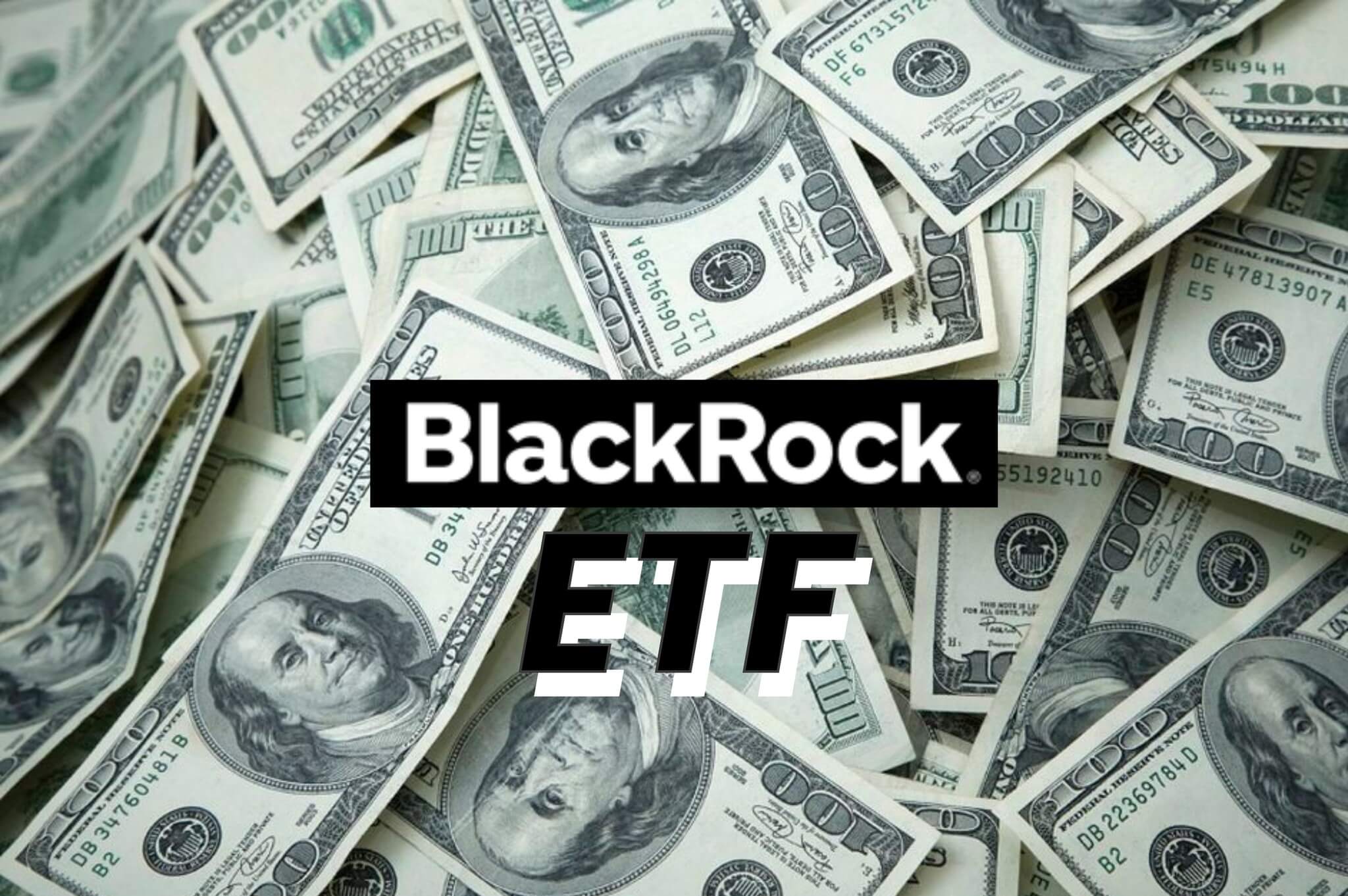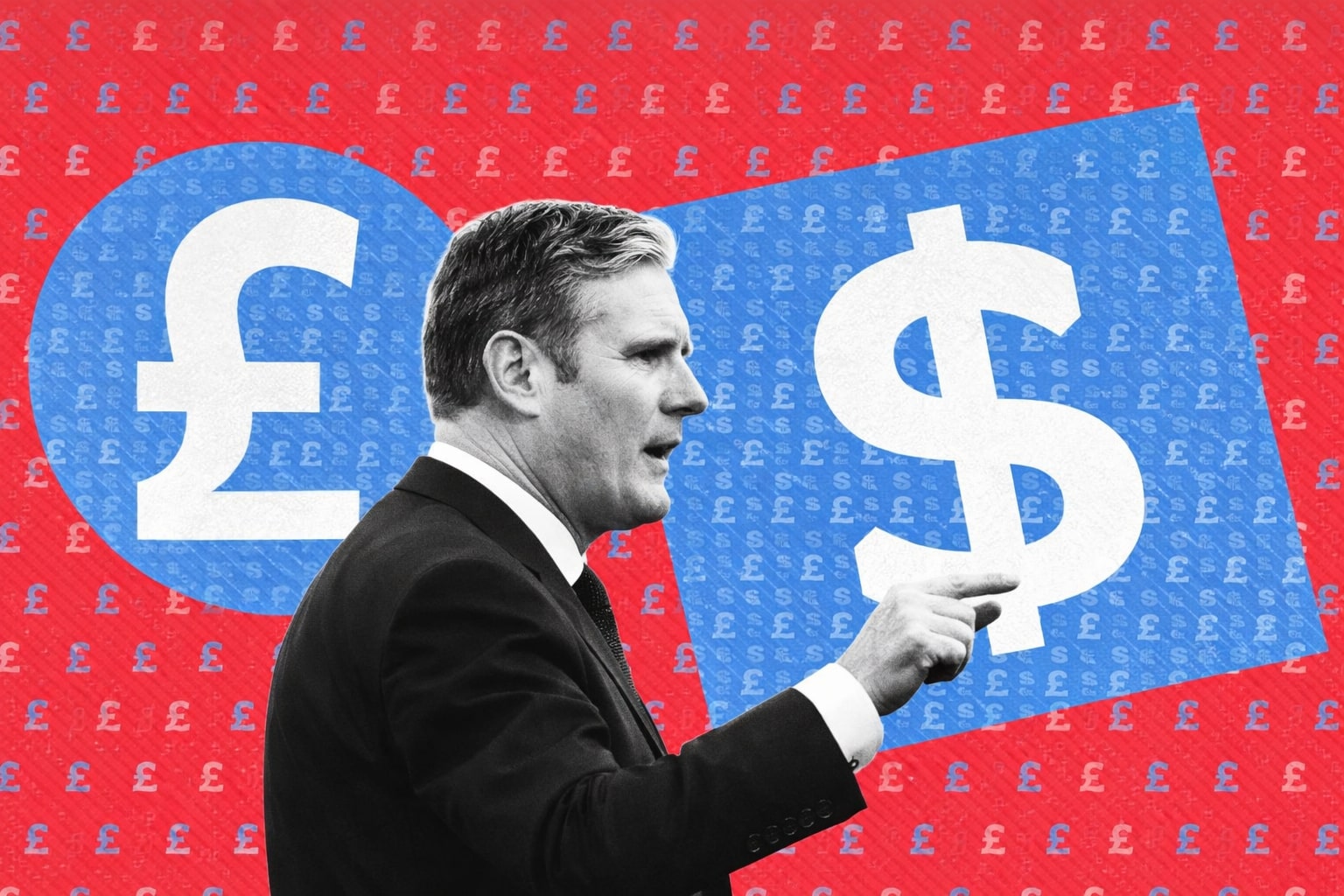
TradingNEWS Currency ETF NYSEarca:HEFA Investment
A decade of hedging efficacy and the unwavering position of the USD: Informing the next moves in international equity distribution | That's TradingNEWS
A Deeper Dive into International ETFs: NYSEARCA:HEFA
Diversifying My International Exposure
I've recently transitioned funds from my Pre-tax 401k plan to my traditional IRA, effectively doubling the latter's assets. Although the iShares MSCI ACWI ETF (ACWI) offers me a 33% international allocation, it's comparatively minor in relation to Emerging Market stocks. This propelled me to explore more purely international ETFs like the iShares MSCI EAFE ETF (NYSEARCA:EFA). But a switch to EFA introduces currency risk, a significant consideration for investors like myself.
Currency risk is notably more pronounced for USD-based investors. One way to mitigate this is by opting for the iShares Currency Hedged MSCI EAFE ETF (BATS:HEFA) over the EFA ETF. The hedged ETF typically provides higher returns when the USD is robust, and vice versa. This has been evidenced since 2014, with HEFA consistently emerging as the superior choice.
The Essence of The Indices
The fundamental distinction between the indices these ETFs track is the currency hedging. The MSCI EAFE Index includes large and mid cap stocks from 21 developed markets, excluding the US and Canada. This index, launched in 2001, currently governs EFA's asset allocation with a net asset value of $9.4 billion, a fee of 33bps, and a trailing twelve months yield at 2.2%.
Understanding EFA's Portfolio Composition
While the EFA tracks the MSCI EAFE Index, it's crucial to grasp its underlying currency risk. Major currencies like the EURO and Japanese Yen dominate over half of EFA's currency exposure. The British Pound and Swiss Franc contribute another 26%. Despite having over 800 positions, the top 20 stocks comprise 23% of the portfolio. Notably, the EFA hasn't shown a consistent pattern in growing its distributions in the past decade.
In contrast, HEFA, which began in 2014, manages $3.5 billion in assets, slightly higher fees at 35bps, and a variable yield ranging from 2-4%. Remarkably, 98% of HEFA's portfolio weight is tied to EFA, with the remaining assets dedicated to hedging.
Comparative Analysis of ETFs
One might assume that HEFA's regular payouts would closely mirror EFA's due to their interconnectedness. This isn't the case. iShares reports an SEC yield of 1.8% for HEFA and 2.1% for EFA. While HEFA's distributions have been higher than EFA's in the past (excluding 2022), the difference isn't significant enough to be a deciding factor between the two.
Performance data since 2014 reveals HEFA's strength in periods of a strong USD and EFA's advantage during a weak USD phase.
Performance Insights Post-Last Review
Post my review last February, it's evident that currency hedging has been beneficial. HEFA even surpassed ACWI, which boasts substantial US holdings. Eliminating the currency effect indicates that international stocks have paralleled their US counterparts in performance. Furthermore, HEFA's risk profile, as gauged by Beta, remains the most attractive, resulting in the best Sharpe and Sortino ratios among these ETFs.
Rethinking Portfolio Strategy
Classifying stocks based on their incorporation or headquarters' location is becoming an outdated concept. International stocks today exhibit a stronger correlation with US stocks than they did half a century ago. Still, assets like the MSCI EAFE Index offer a modest diversification benefit, justifying their inclusion in an international allocation.
However, the pivotal question is the trajectory of the USD. Several factors, including monetary policies, geopolitical events, and interest rate differentials, influence its direction.
The Trajectory of the USD
Understanding the USD's direction is not just a matter of charts and numbers; it involves understanding global dynamics. With the USD reaching heights reminiscent of Y2K concerns but showing a recent downward trend, it's crucial to inspect the forces at play.
Factors Influencing the USD
-
Monetary Policy: Decisions made by the Federal Reserve and its international counterparts play a significant role in the direction of the USD. Policies aimed at controlling inflation or stimulating economic growth can influence the currency's strength on the global stage.
-
Geopolitical Dynamics: Political and geopolitical events can result in fluctuations. Wars, trade negotiations, or international treaties, can either strengthen or weaken the currency depending on the perceived benefits or risks to the US economy.
-
Interest Rate Differentials: High-interest rates tend to attract foreign investment, bolstering the currency's demand. It's a balancing act – when rates in the US surpass those overseas, it can propel the USD upwards.
-
Inflation Rates: Inflation rates and their comparisons with other countries also matter. A nation with lower inflation rates, as compared to its peers, will generally witness a strengthening of its currency.
Current Predictions for Major Currencies
Given these factors, expert predictions for major currencies become paramount for investors. What are the trends? Where are the potential pitfalls or windfalls?
Performance Metrics: Diving Deeper
- NYSEarca:HEFA Performance Overview
To truly understand the implications of hedging, it’s imperative to inspect the performance metrics of ETFs in question:
-
Year-to-Date (YTD) Daily Total Return: 12.08%
-
1-Year Daily Total Return: 11.63%
-
3-Year Daily Total Return: 12.26%
This data indicates that, in the grand scope, hedging does seem to offer a safety net against wild fluctuations in currency exchange rates.
- Comparative Monthly Returns
When juxtaposed with other ETFs in the category, NYSEarca:HEFA distinctly stands out:
-
YTD: 12.08% vs. 4.11%
-
1-Month: -2.75% vs. 1.28%
-
3-Year: 12.26% vs. 0.78%
The above figures bolster the notion that HEFA offers a strategic edge in the marketplace.
- Annual Total Return Insights
Scrutinizing annual returns since HEFA's inception in 2014 provides even more clarity:
-
2022: -4.79%
-
2021: 19.58%
-
2020: 2.09%
-
2019: 24.79%
-
2018: -9.29%
-
2017: 16.67%
-
2016: 6.40%
-
2015: 4.35% vs. category’s -2.56%
Despite some fluctuations, there is a predominant upward trajectory, further advocating for the robustness of the hedging strategy.
The Future of Hedging: Making Informed Decisions
As the global economy grows increasingly interconnected, the value of hedging, especially for international investments, cannot be overstated. The past decade stands as a testament to the effectiveness of hedging strategies.
Given the unique demand for the USD, alongside the Euro and Chinese Yuan's inability to replace it as the world's reserve currency, hedging remains a relevant and strategic move. Investors need to continuously evaluate their portfolios, gauge global dynamics, and realign strategies to mitigate risks and seize opportunities.
Incorporating NYSEarca:HEFA into Portfolio Strategy
As investors globally grapple with changing economic landscapes and currency fluctuations, the iShares Currency Hedged MSCI EAFE ETF (HEFA) emerges as a viable option. With its distinct hedging strategy, it offers a buffer against currency risks, potentially boosting returns for prudent investors.
The data speaks for itself. As financial markets evolve, the shrewd investor will look to hedge where necessary, keeping a keen eye on global dynamics that shape the trajectory of currencies like the USD. In doing so, they will not only protect their assets but also position themselves for optimal gains.
Concluding Analysis
Given the data, the HEFA ETF is a strong buy while EFA leans towards a sell for those deciding on their international equity distribution. My current international exposure accounts for 14% of my equity allocation. I now face the decision of comparing HEFA against other diverse hedged ETFs to optimize my international holdings.
Wrapping Up
Nearly a decade's data confirms the efficacy of hedging across different equity categories. Despite speculations around the USD's global reserve currency status waning, neither the Euro nor the Chinese Yuan seems primed to usurp it, underpinning the USD's unique demand.
That's TradingNEWS
Read More
-
AMD Stock Price Forecast - AMD at $223: AI GPU Ramp, CES 2026 Catalysts and the Next Move for NASDAQ:AMD
03.01.2026 · TradingNEWS ArchiveStocks
-
XRP Price Forecast - XRP-USD Near $2 as Whales Add $3.6B and ETF Inflows Top $1.18B
03.01.2026 · TradingNEWS ArchiveCrypto
-
Oil Price Forecast: Oil Near $60 Weigh Venezuela Shock Against 3.8M bpd Glut
03.01.2026 · TradingNEWS ArchiveCommodities
-
Stock Market Today - Wall Street Opens 2026; Dow 48,382, S&P 6,858 on Chip Rally, Gold Boom and Bitcoin $90K
03.01.2026 · TradingNEWS ArchiveMarkets
-
GBP/USD Price Forecast - Pound Tests 1.35 as BoE Caution Meets Soft US Dollar
03.01.2026 · TradingNEWS ArchiveForex


















